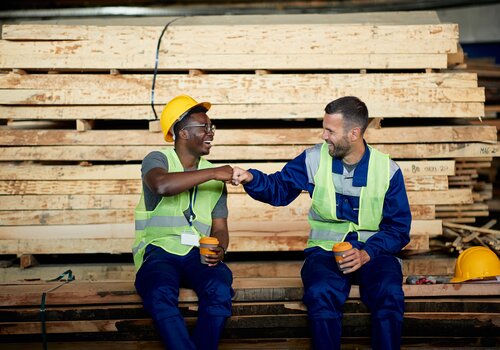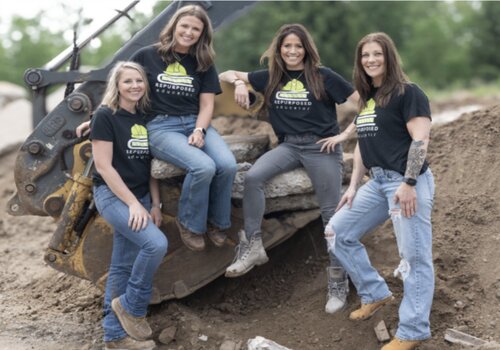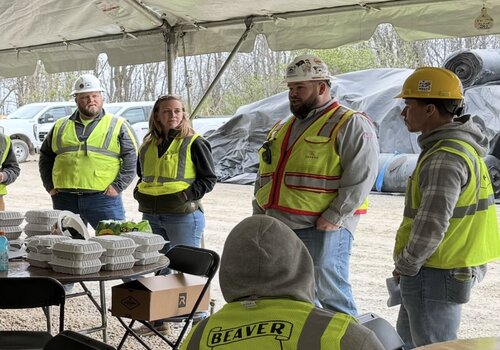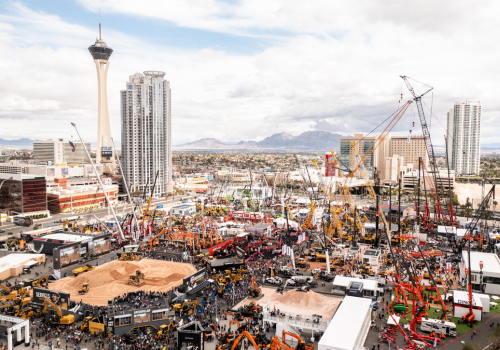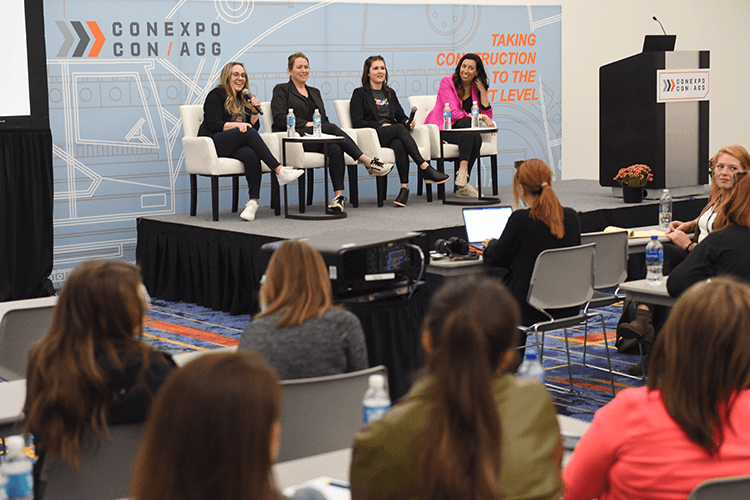Requiring new buildings to have wind-resistant designs, fire-resistant materials, improved drainage systems and defensible spaces around them are just some of the ways states and municipalities are updating building codes to increase their resilience.
Extreme Weather Increases
In many communities, recent extreme weather events have served as a wakeup call, leading policymakers and industry stakeholders to adopt stricter building standards, even if they sometimes lead to higher costs.
Last year was especially punishing from a weather standpoint, with 27 major natural disasters hitting the U.S., costing $182.7 billion, according to the National Centers for Environmental Information. Those disasters included 17 severe storms, five tropical cyclones, two winter storms, one drought, one flood and a wildfire. All told, 568 people lost their lives. This year started tragically as well, with wildfires devastating Southern California.
What’s more, the NCEI notes that the frequency and severity of climate-related disasters are increasing, underscoring the importance of updating building codes. Since 2020, the country has dealt with an average of 23 climate-related disasters each year, well above the annual average of nine events from 1980 to 2024, according to the NCEI.
Changes to I-Codes
Every three years, the International Code Council updates its International Building Codes in an open process incorporating feedback from industry stakeholders. I-Codes serve as model building codes that jurisdictions can adopt or modify to establish local building codes. I-Codes are the most widely adopted set of model codes in the world, and all 50 U.S. states have used them, according to the ICC.
I-Codes establish important safety standards for structural integrity, fire resistance, plumbing, electrical systems and other building components. In addition, the ICC publishes and updates the International Energy Conservation Code, providing model codes that establish energy-efficiency requirements for residential and commercial buildings.
The most recent updates to the I-Codes came last year, and for the first time, they included provisions for tornado loadings to boost structural resilience in vulnerable regions. The codes also have revised standards for wind, earthquake, snow and rain loads, which have been adjusted based on the latest climate data and weather hazards.
Additionally, the 2024 IECC code increases efficiency standards for lighting, HVAC and the building envelope, upgrades that are expected to improve energy efficiency by about 7% for residential buildings and 10% for commercial buildings compared to the 2021 codes.
Separately, the latest edition of the ASCE 7, published by the American Society of Civil Engineers, features a new supplement addressing how climate change is leading to increased flooding and sea-level rise. The ASCE 7 is the most widely used professional standard guide for engineers. The ASCE/SEI 7-22 supplement includes a new requirement for flood-mitigation planning relative to sea-level rise over the projected lifespan of the building.
The Effects of Changing Codes
The newest model codes have driven changes to building codes across the country, according to the Federal Emergency Management Agency. FEMA tracks the status of building-code adoption by jurisdictions across the country to gauge their risks from natural disasters.
Entering this year, 35% of jurisdictions prone to natural hazards had adopted current hazard-resistant building codes, and those local jurisdictions represent 183.3 million Americans, or 55% of the population, according to FEMA.
Overall, 58% of U.S. jurisdictions prone to damaging winds have adopted the latest ICC codes, up 43% from the prior year. Among regions vulnerable to hurricanes, 74% now have the updated standards, a 12% bump from a year ago. For flood-prone regions, the figure is 45%, up 11%. For jurisdictions threatened by tornados, it’s 29%, a 6% increase. Among earthquake-prone areas, 63% now have the updated standards, up 7%.
The Future of Building Codes
The 2027 I-Codes are expected to have a new chapter covering weather-related threats that are being exacerbated by climate change, including flooding, ice and wind. The stronger standards are sure to spark debate as local jurisdictions weigh the potential costs of enhanced safety and efficiency measures.
In Kansas City, which hopes to become carbon neutral by 2040, homebuilders pushed back last year against new energy-efficiency standards, saying they lead to construction delays and increased costs that eventually get passed on to homebuyers. Similar debates have taken place in New Hampshire, North Carolina, Texas and countless other states and municipalities.
Meanwhile, in February, the state of California adopted the ICC’s 2024 International Wildland-Urban Interface Code for its 2025 California Wildland-Urban Interface Code. The code is meant to address escalating wildfire risks, enhance fire resilience and set the benchmark for safer communities in fire-prone areas.
The code establishes regulations to safeguard life and property from wildfires and to prevent structure fires from spreading to wildland fuels such as trees and vegetation. The code includes standards for defensible space around buildings and the use of fire-resistant construction materials. Oregon followed suit in January with similar codes for high-risk areas.
Patrick Chopson, cofounder and chief product officer for cove, an Atlanta-based architectural firm, said increasing risks from climate change are forcing developers to take action, independent of what building codes say. He said his firm is working with a developer on a proposal for an 80-tower apartment building near Miami.
In regions prone to hurricanes, builders are taking simple steps to improve structural integrity, such as using 2-by-6 studs instead of 2-by-4s, he said.
“The main concern driving the cost of this tower project is the resiliency requirements for the hurricane-force winds and the rising sea levels,” Chopson said. “So, trying to make sure that there’s no underground anything, and you’ve got to elevate the building above the projected typical king tides that are coming in.
“We’re seeing across the industry that risk and resiliency are driving developers’ decision making, particularly from an insurance standpoint. Sustainability isn’t just about the right thing to do anymore. It’s also about the financial risk that needs to be mitigated. So, no matter what regulations are in place for a specific location, any reasonable developer is now considering resiliency.”
Photo credit: GIGGSY25/BIGSTOCKPHOTO.COM


